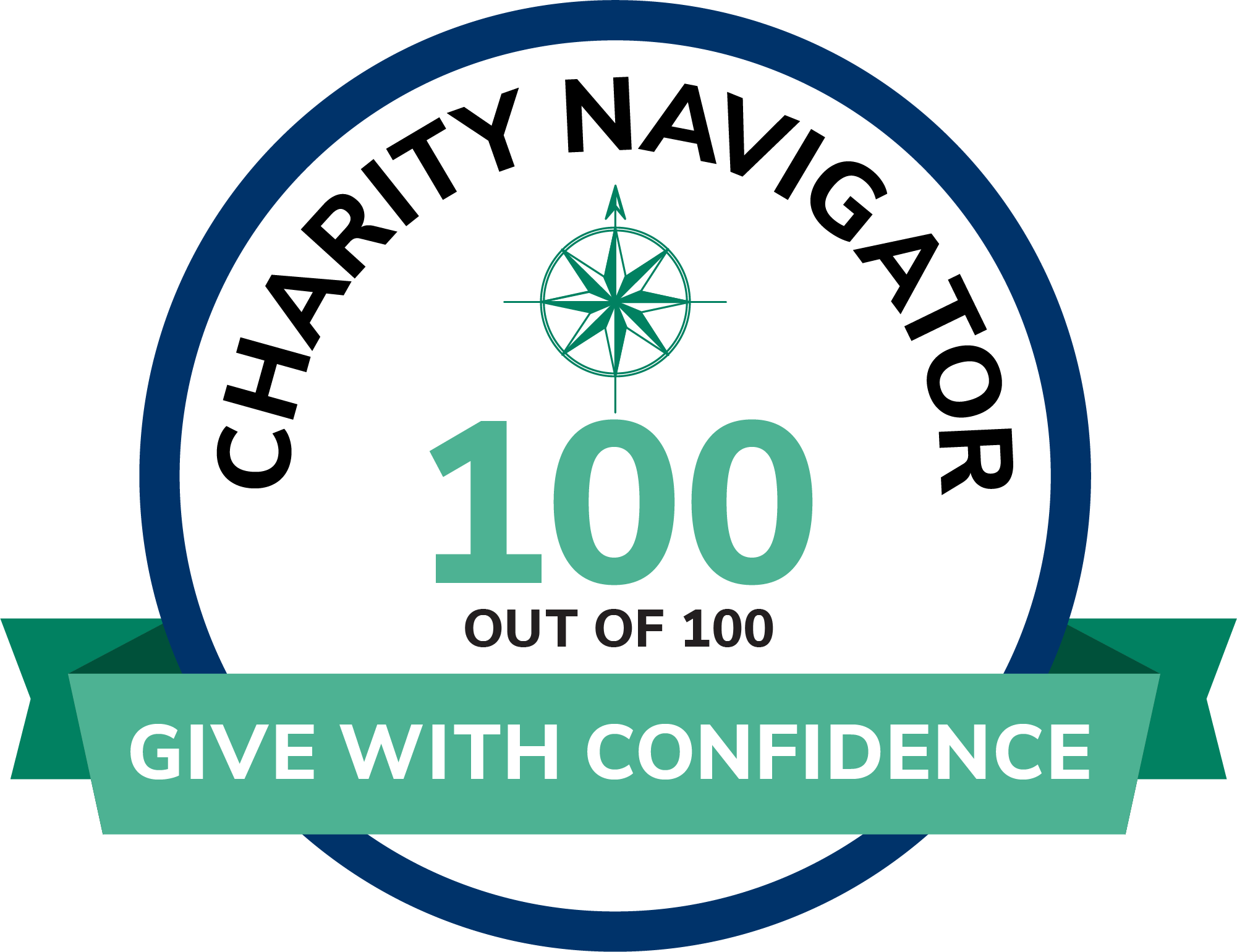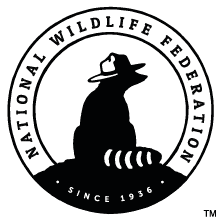Wetlands might not get the love that forests and prairies do, but they’re quietly doing some of the heaviest lifting in the fight against climate change – and the wetlands we have left are at risk. Too often dismissed as “swamps” or “wastelands,” wetlands are actually some of the most productive, life-sustaining ecosystems on the planet. They filter our water, store carbon and protect communities from flooding – all while providing habitat for countless threatened and endangered species.
This week is Wetlands Week of Action and we’re digging into the misunderstood magic of wetlands through the lens of public health and economic benefits. This is what’s at stake if we let them slip away…
Shrinking Acreage, Shrinking Protections
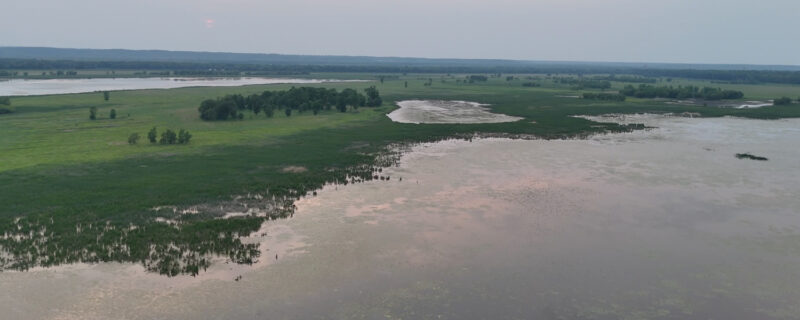
Illinois once boasted over 8 million acres of wetlands – that’s 8 million acres of biodiverse wildlife habitats; 8 million acres acting as natural sponges soaking up floodwaters; 8 million acres of living filtration systems keeping contaminants out of our drinking water. Despite their enormous economic and ecological value, by the 1980s all but 1.2 million acres of wetlands had been drained and converted into farmland or development.
Then came the 2023 Sackett v. EPA Supreme Court decision, gutting federal protections for millions of acres of wetlands nationwide. The Court ruled that only wetlands with a continuous surface connection to another protected waterbody would be covered by the Clean Water Act. Now, the Trump Administration is going further, writing new rules that will strip away even more wetlands protections.
While several states have stepped up with their own wetland protection laws, Illinois has not. With few state laws in place, our wetlands are now on the front lines – exposed and unprotected. Only about 981,000 acres of Illinois’ historic wetlands remain — and roughly 72% of those are no longer protected under the Clean Water Act.
As these natural defenses vanish, the costs to our communities increase. You can sign a petition today to urge Governor Pritzker to put Illinois communities first and protect the critical wetlands we have left.
Nature’s Flood Insurance
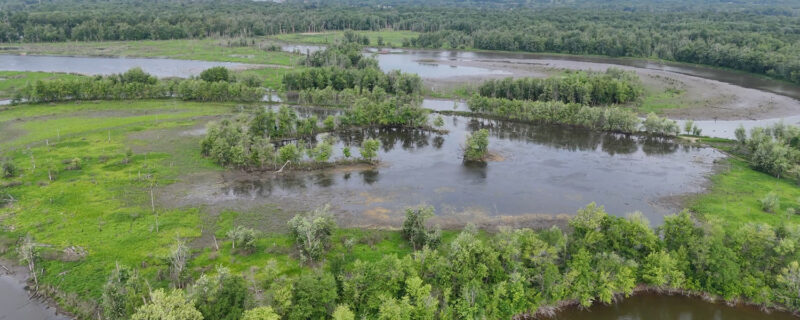
Turn on the news, and it’s become a grim routine: record-breaking storms, flash floods swallowing streets, and communities scrambling to recover. Climate change isn’t a distant threat – it’s already reshaping lives across Illinois and beyond.
This year, American Rivers named the Mississippi River the most endangered river in the country – not because it’s drying up, but because it’s flooding more often, more severely, and with more devastating consequences.
Once flowing through a continent of wetlands that were critical to the health of the river and surrounding landscapes, the Mississippi now runs through land drained mostly for farming. Much of that natural flood defense is gone, and the consequences are falling hard on Illinois communities. From the Quad Cities to Alton to Cario – towns across the state are increasingly vulnerable to catastrophic floods. Loss of our wetlands, aging and failing levees, and outdated planning increase this risk across rural and urban areas alike.
But there is still hope, and it lies in the very landscape we’ve often dismissed and ignored.
Wetlands are nature’s flood insurance. These ecosystems can absorb billions of gallons of water, shielding homes, roads, and entire communities from destruction. Just one example: Nahant Marsh in Davenport, Iowa, can hold up to 2 billion gallons during peak flood season.
Here in Illinois, the remaining 10% of our wetlands are pulling their weight – delivering an estimated $755 million each year in residential flood protection. Yes, you read that right. $755 MILLION in flood protection! Imagine what could be possible if we protected, restored, and expanded these natural defenses. Alternatively, imagine the economic and human costs if we allow them to disappear.
Nature’s Water Filter
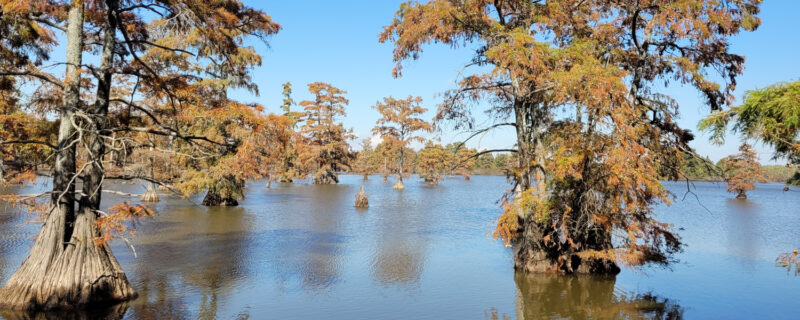
When we think about wetlands, we often picture murky water and tangled plants – but what we are really looking at is one of the most powerful water purification systems on the planet.
Wetlands slow down the flow of water, allowing pollutants and sediment to be trapped by dense roots and rich soil. Microbes go to work underground, breaking down harmful chemicals and excess nutrients, transforming water from polluted to clean before it reaches our rivers, lakes and even underground aquifers.
At a time when clean water feels more essential than ever, wetlands are silently doing their part in our vast ecosystem.
But this is not just a benefit to our drinking water – it protects the water humans and countless species rely on in so many ways. Of the streams the Illinois EPA assessed for water quality conditions from 2020-2022:
- 40% are too polluted to support aquatic life
- 62% are too polluted to support indigenous aquatic life
- 85% are too polluted to support swimming or direct human contact
- 100% are too polluted to support fish consumption
These aren’t just numbers – they represent the numerous critical waterways that we in Illinois hold so dear.
Wetlands are our natural defense – protecting and restoring them isn’t just an environmental win but a public health strategy. We must protect what we have left.
At Odds with Big Ag
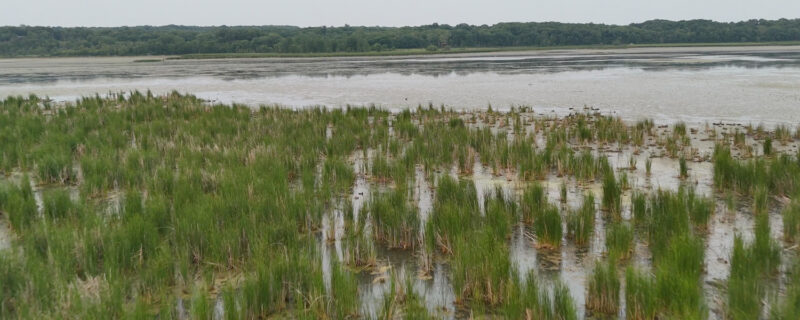
In Illinois, it’s impossible to talk about land and water without confronting the elephant in the field: industrial agriculture.
Instead of protecting the wetlands that could shield our communities from floods and purify our water, the state continues to farm in floodplains – some of the riskiest places to grow crops. Not only is this practice dangerous, it’s heavily subsidized, creating a vicious cycle where taxpayers foot the bill for farming, flood insurance, and disaster recovery. In other words: we’re funding both the problem and the cleanup.
And the damage doesn’t stop at state lines.
For years, unchecked fertilizer runoff from Illinois fields has flowed downstream, polluting drinking water and fueling one of the largest environmental disasters in the country: the Gulf of Mexico dead zone – a lifeless stretch of ocean where fish and marine life can’t survive. In 2025, the dead zone measured about 4,400 square miles – an area almost three times larger than what experts say is sustainable. The primary culprit? Nutrient pollution from Midwest farms pouring into the Mississippi River.
By restoring and protecting wetlands, we could dramatically reduce the runoff of chemicals into our waterways. These ecosystems are uniquely equipped to trap and filter agricultural pollutants before they reach our rivers – or our taps.
Yet in Illinois, efforts to protect wetlands are repeatedly blocked – not by science or lack of need, but by the powerful agricultural lobby. When a recent wetlands protection bill reached the legislature, opposition from groups like the Farm Bureau was enough to stop it in its tracks. As State Senator Laura Ellman told Grist, “If the Farm Bureau is against it, a lot of legislators from downstate will be against it.”
The result? A system that prioritizes short-term profits over long-term resilience – where the public pays, the land suffers, and our water grows more polluted by the year.
Climate Resiliency Can’t Happen Without Wetlands
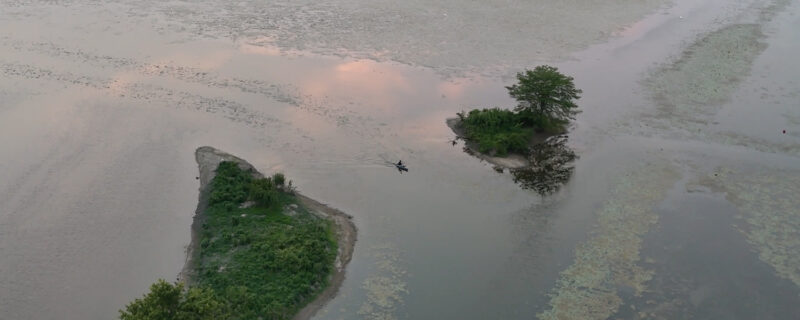
Wetlands aren’t just beautiful ecosystems – they are natural infrastructure protecting our communities. They soak up floodwaters, purify drinking water, support endangered species, and shield us from the worst effects of climate change. As they disappear, so do our natural defenses.
In Illinois, we’ve already lost more than 90% of our wetlands. What remains is under threat from federal environmental rollbacks and from industrialized agriculture. Meanwhile, we’re paying the price – with polluted waterways, rising flood damage, and public health risks with every storm.
But here’s the good news: Illinois has an opportunity to lead. As federal protections disappear, our state can step up – and it must. That means treating wetlands not just as ecosystems, but as vital public infrastructure. Common-sense protections for wetlands are also protections for clean water, safe communities, and a climate-resilient future.
At Prairie Rivers Network, this is the fight we’re taking on. Right now, we’re gearing up for the Spring 2026 legislative session, with the Illinois Wetlands Protections Bill at the forefront of our policy work. But this will not be an easy fight – powerful opposition is already lining up to stop it.
We need you with us. Sign our petition today and urge Governor Pritzker to safeguard Illinois wetlands as essential tools for climate resilience, public safety, and clean water. Because protecting wetlands means protecting our future. Sign the petition today!
Together, we can protect what we have left – and build something better for the generations to come.






